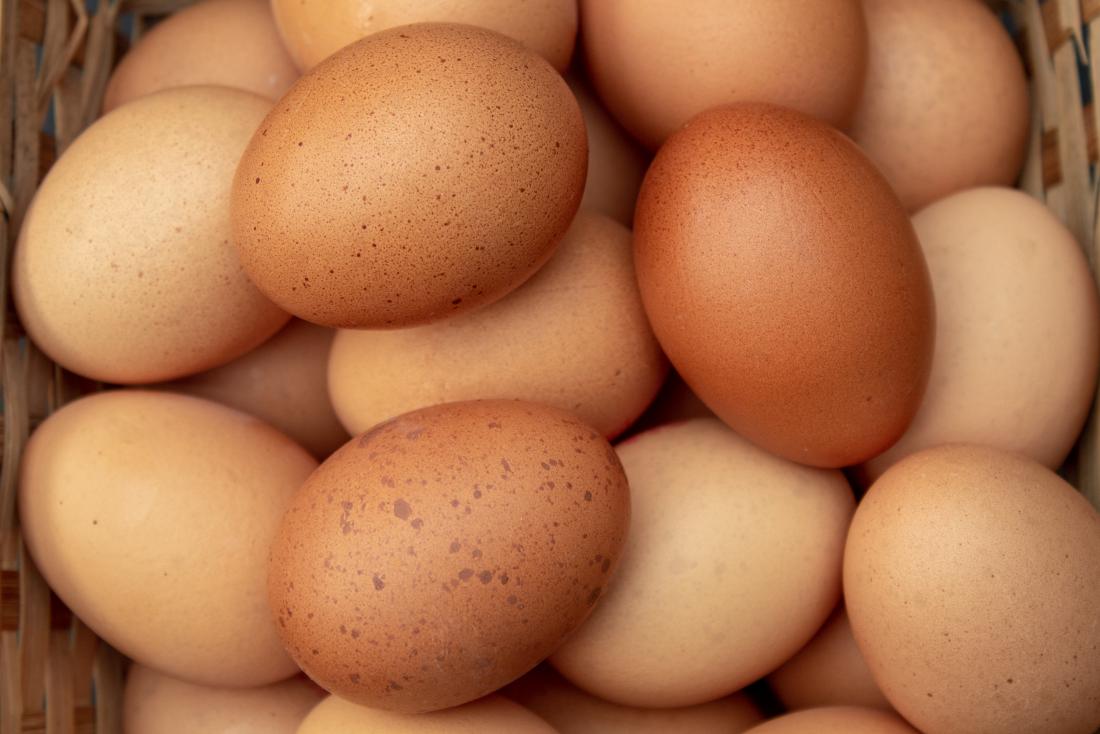Poached eggs? An entire article on boiling eggs outside a shell? How hard is this really?
Poaching eggs consistently well is a deceptively simple task. A good poached egg has cooked whites and a nice runny yolk. It doesn’t fall apart when you put it on a plate. It’s delicious on some rye or sourdough toast. Best of all, it only takes 10 minutes to make.
I went through every step of poaching an egg to determine exactly what is needed and why. This week’s article isn’t just a recipe–it’s a study.
Poached Egg (Make as many as you like)
You’ll need a saucepan that can hold about 1.5″ to 2″ of water. If you’re only making a couple eggs, an 8″ saucepan is fine. I typically use a 12″ saucepan to make 4-6 poached eggs. You don’t want to crowd the eggs in the pan, so err on the larger side.
Ingredients
- eggs
- vinegar (white, apple cider, white wine…your choice. See notes at the end.)
- salt and pepper to taste
Instructions
This time, I’ve provided the instructions on the left, and what will happen if you fail to follow the instruction on the right.
- Fill the saucepan with 1.5″-2″ of water. You won’t want it to boil over, so make sure there’s about 0.25″ to 0.5″ of headspace.
- Turn the stove on at medium heat and bring to a rolling boil. (This should look like a steady boil that comes shy of frenzied. Don’t be afraid to wait a bit longer for more boiling if you’re in doubt.)
- Add 1-2 tbsp. vinegar. The water will briefly stop boiling. Let it come back to a rolling boil.
- Crack an egg into a small bowl, then carefully slide it into the pan.
- If you’re cooking multiple eggs, repeat step 4, but slide the eggs into the pan clockwise (or counterclockwise) so you end up with a circle of eggs. Make sure you leave the eggs plenty (at least 2″) of space between each other.
- Wait a few seconds to watch the eggs and make sure they aren’t sinking or sticking to the bottom. Use a slotted spoon to gently loosen any that begin to stick. Once all your eggs are happily floating (this should only take a few seconds), reduce the heat to low or medium low to poach them.
- Continue poaching at low heat for 1-3 more minutes. You’re looking for a firmed egg white, but a jiggly yellow yolk. Use your slotted spoon to give each egg a test jiggle. At this point, your taste takes over, so pull the egg out with the slotted spoon when the yolk jiggles as much (or as little) as you want.
- Serve with salt and pepper on toast.
- The headspace ensures that you won’t have any spillage.
- If you add eggs before your water is at a rolling boil, the egg will sink to the bottom and stick. You’ll lose about half the egg. You want those moving air bubbles to float the egg at first.
- The acid in the vinegar will keep the egg whites from dissipating in the water. The proteins in the egg white will contract under acid pH, giving a nice and taut poached egg.
- This prevents any shell from ending up in the pan, and lets the egg ease itself into the water so you have the best chance of keeping the egg tight.
- Remember which direction you went. This will help you determine which eggs are done first.
- The rolling boil gets the eggs floating off the bottom. The poaching step requires lower heat, or you’ll overcook the yolk. If the eggs whites are beginning to firm up nicely and the egg is floating, reducing heat will finish the egg off nicely. Some people turn the heat off entirely and cover the saucepan with a lid. This is probably the safest approach, so do this if your pan has a lid.
Notes
- I use apple cider vinegar when I poach eggs. There will be a little bit of vinegar taste that comes through your egg, so make it something good. I’ve also tried wine vinegars with success. I do not recommend balsamic vinegar; the texture is a little odd in the pan and it doesn’t diffuse well.
- This technique takes some practice so you learn to feel when the yolk is done to your personal satisfaction. The ranges of poaching times are the best I can do since everyone’s stove is different and different pan sizes and materials will not conduct heat the same way.
- If you’re doing this on an electric stove, and your stove isn’t responsive to fast temperature changes, I recommend poaching by covering the pan with a lid and turning the heat off completely. Your stove will take time to cool down; the residual heat cause the stove to behave as a simmering gas stove.
- I haven’t tried this on induction cooktops. If anyone has one and does this, feel free to contact me with any further tips or notes.
Conclusion
Poaching an egg seems simple, but there are a few delicate subtleties that needed to be addressed. This is a great dish for beginning cooks to use to develop their kitchen senses, and for experienced cooks to refresh themselves on basic techniques.
About/Further Writings
I don’t write only about cooking. For those interested in mathematics, applied and pure, visit my site for articles on interesting topics in mathematics, physics, and chemistry as well as book reviews of technical works modern and classic.











